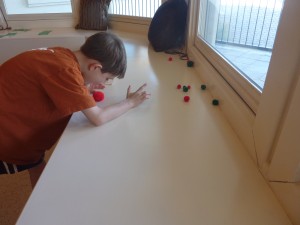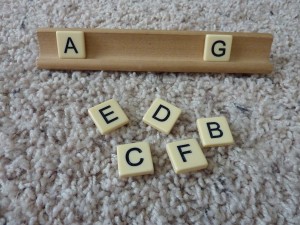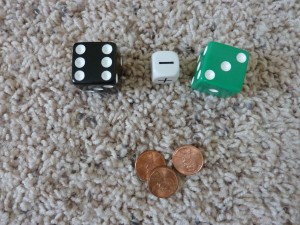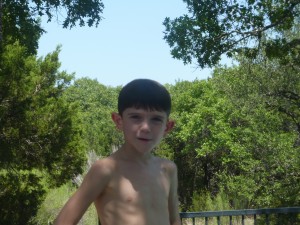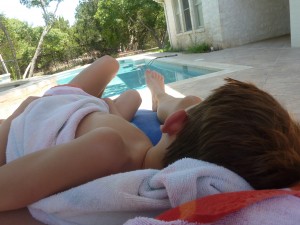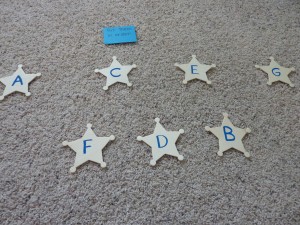Kit Item #4: Tweezers or Tongs
Tweezers or tongs (or even kiddie chopsticks like the ones I got from Sur La Table) are great for building muscles required for handwriting. Tweezers are something that almost everyone has at home which makes it even better, almost like getting a free tool! They also pair quite nicely with kit item #3, puff balls.
Click here for a past post on tweezers.
Uses:
This item pretty much has one use, to build hand muscles by squeezing the tweezers to pick something up. Where you can get creative is with the items that you are having them pick up. Some possibilities:
- puff balls
- mini marshmallows
- jelly beans
- gummy bears (gummy anything really!)
- cut pieces of string or pipe cleaner
- sugar cubes (it is really fun to stack sugar cubes but requires a more steady hand so I wouldn’t start out with stacking these)
Sample Activity:
My Obstacle Course Station Activity: Help the baby spiders get back to their mom!
This was a really easy station to put together using tweezers, some brown shredded paper and colored puff balls. That is it! You don’t even need the shredded paper, you could have them scattered about on a cookie sheet or foil tray in salt or sand and pretend they are lost in the snow or desert.
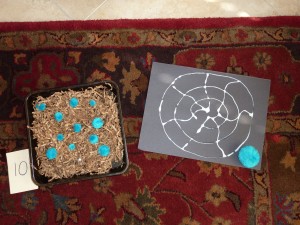
The photo above shows how the station looked when I set it up but the glue I had used to make the web was not yet dry and I didn’t want the babies to get glued onto the paper. I just took it away and as you can see from the photos below, Andrew didn’t care one bit!
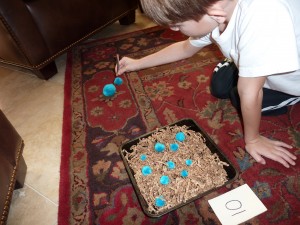
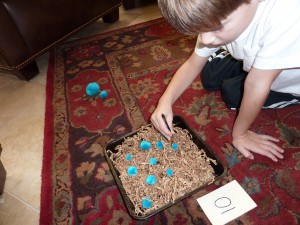

If you want to see other posts showing how I have used tweezers, just click here for the tweezers search results from my website.
Engage, Encourage and Empower!


